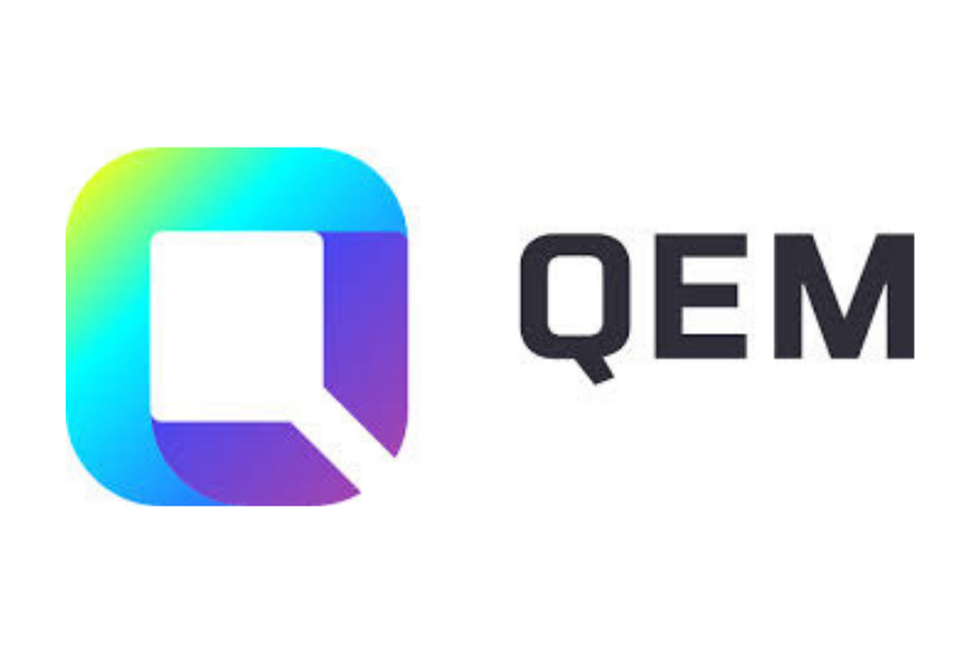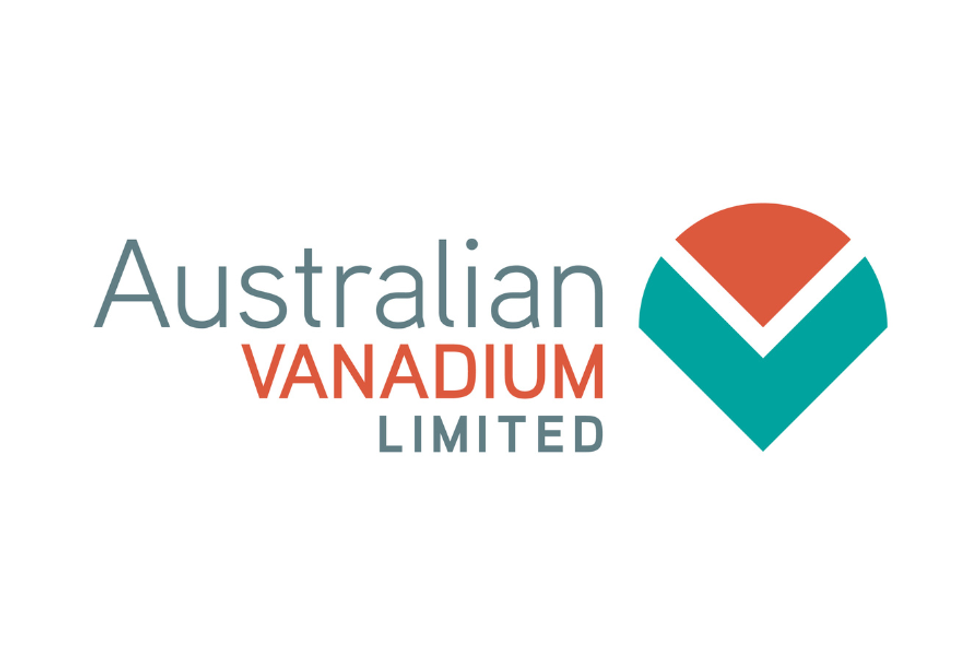
Vanadium has seen a slow price recovery during 2016, after hitting its lowest point at the beginning of the year. What is ahead for 2017?
Vanadium has seen a slow price recovery during 2016, after hitting its lowest point at the beginning of the year. The metal’s market could see a price surge in the next few years, supported by the rising interest in vanadium redox batteries.
Despite potential new uses, vanadium’s market is still highly dependant on the steel industry and China’s demand.
Here’s a review of what happened in 2016 and what is ahead for the metal’s market in 2017.
A Closer Look at Price
Vanadium prices were substantially low at the beginning of the year, with ferrovanadium prices dropping from over US$22/kg at the start of 2015 to below US$14/kg by the end of the year. But in 2016, prices slowly recovered, reaching almost US$20/kg by November.
Roskill reported that most market participants expect prices to continue to improve over 2017, with vanadium demand from the steel sector forecast to grow at a steady rate; the buzz around vanadium redox batteries set to continue; and the availability of feedstock expected to remain tight.
Over the medium and longer term, Roskill does not expect prices to recover to the highs of the period from 2004 to 2009, when they averaged above US$40/kg and peaked at levels double, and even three-times, that amount.
Supply and Demand
Analysts agreed that China’s developments have pushed prices higher, as 90 percent of vanadium demand comes from the steel industry. Vanadium content in steel varies according to type and grade, and differs by producer and region.
“Although the steel market in general doesn’t feel healthy right now, specialty steel is a high-growth area,” Mark Smith, Largo Resource’s (TSX:LGO) CEO and president, said.
The demand for high-strength low alloy steel (HSLA), mainly vanadium and niobium, is growing in the automotive and aerospace industries.
“Twenty years ago there was zero percent HSLA steel used in the production of automobiles. Today about half of the steel that goes into automobiles is HSLA,
“Experts suggest that within three to five years it will go up to 80 percent,” Smith said, driven by the need to make cars more fuel-efficient by making them lighter.
Roskill reported that in 2015, steel output dropped by roughly 3 percent and further drops in 2016 are expected before a recovery in 2017. Declines in Chinese steel output could have implications for vanadium supply, adding to recent reductions from South Africa.
But there could be a shift in the market, as there is also an increasing interest around vanadium redox batteries supported by expectations that these could be an alternative energy storage solution to avoid exorbitant prices for electricity rates.
VRBs are non-flammable, environmentally friendly, have estimated lifespans in excess of 10,000 cycles and maintain 90 percent of their capacity over 20 years.
According to the U.S. Energy Storage Monitor, energy storage demand, especially at the business and utility scales, will increase ten times in just the next five years. In addition, the Energy Storage Association stated that corporate investments in energy storage reached $660 million in just the third quarter of 2016.
“Cost-effective, reliable, and longer-lived energy storage is necessary to truly modernize the grid,” said Dr. Imre Gyuk, energy storage program manager for Department of Energy’s Office of Electricity Delivery and Energy Reliability, of UniEnergy Technologies’ system.
“As third-generation vanadium flow batteries gain market share, it is essential to increase our understanding of storage value and optimization to accelerate adoption of integrated storage and renewable energy solutions among utilities.”
Potential new demand for batteries could result in an increased demand for “high purity” vanadium compounds of more than 45 percent of current production capacity by 2020. To add to the hype, news that several producers and projects are collaborating with battery-focused companies have brightened the long-term forecast for the industrial metal.
Roskill estimates that in 2016, demand from VRBs accounted for less than 500t of vanadium pentoxide consumption and that the batteries will likely achieve commercial success in specific energy storage applications such as load levelling, which will support an increase in market share and in vanadium demand.
The bulk of the world’s vanadium supply currently comes from China, South Africa and Russia, though a small amount is also produced in North America as a by-product from oil production and from oil residue.
Some significant vanadium producers include Largo Resources’ Maracas Menchen and Glencore’s Rhovan operation in South Africa and co-producers Kachkanar in Russia and Panzhihua in China.
Investor Takeaway:
Even though interest is building up regarding VBRs, investors should continue to look at the steel industry if they are interested in vanadium. Another main factor will be supply as new mines start production and also the demand that could come from other industries in the next few months.
Don’t forget to follow us @INN_Resource for real-time news updates!
Securities Disclosure: I, Priscila Barrera, hold no direct investment interest in any company mentioned in this article.

